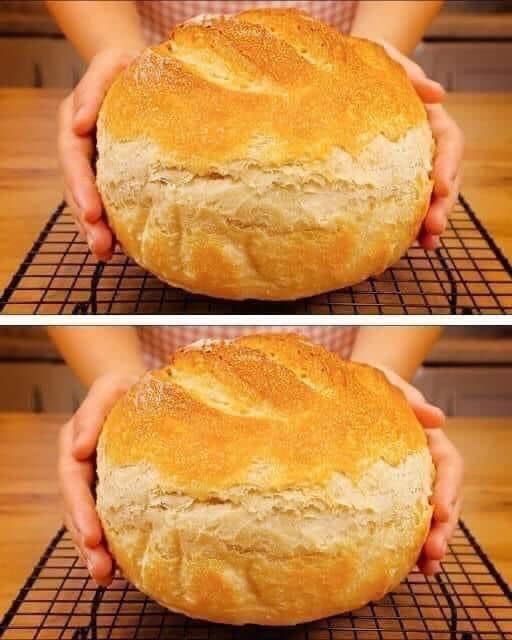
Background and Beginnings of Acupressure
The central theory behind acupressure, much like acupuncture, revolves around the concept of Qi and the meridian system. The ancient Chinese believed that Qi is the vital energy that flows through everything, including the human body. This energy flows along twelve primary meridians, which correspond to specific organs and functions in the body. When Qi flows freely, the body is healthy and balanced. However, if the flow of Qi is blocked or imbalanced, illness and discomfort can result.
By applying pressure to certain acupoints along these meridians, acupressure aims to release blocked Qi and restore balance within the body. Each acupoint is thought to correspond to specific physical, mental, or emotional conditions, and stimulating these points can trigger the body’s natural healing processes.
Early Documentation and Development
One of the earliest references to acupressure and acupuncture can be found in the Huangdi Neijing, or The Yellow Emperor’s Classic of Internal Medicine, which dates back to around 200 BCE. This ancient text, which remains a foundational work of Chinese medicine, outlines the principles of energy flow, the meridian system, and the use of acupoints to treat various ailments. Though the text focuses heavily on acupuncture, it is believed that acupressure was practiced simultaneously as a less invasive alternative.
Over time, acupressure techniques were refined and incorporated into other traditional healing methods. In China, it became a core aspect of holistic health practices, often used in combination with herbal medicine, dietary therapy, and exercise regimens like Tai Chi and Qigong to promote overall well-being.
Spread of Acupressure
From its origins in China, acupressure spread throughout Asia, with variations of the practice developing in different countries. In Japan, for instance, a similar form of therapy called Shiatsu emerged, which also involves the use of finger pressure on specific points to promote health. Acupressure also made its way to Korea, Vietnam, and other parts of East Asia, where it became an integral part of each culture’s traditional medicine systems.
By the early 20th century, acupressure, along with other TCM practices, began to gain recognition in the West, particularly as interest in alternative medicine grew. Today, acupressure is practiced worldwide, both in its traditional form and as a complementary therapy alongside modern medical treatments.
Modern Acupressure
In the modern context, acupressure has evolved to encompass both traditional techniques and more contemporary approaches, with practitioners often integrating knowledge from other fields such as anatomy, massage therapy, and physical therapy. It is used to address a wide range of health issues, including pain relief, stress reduction, digestive disorders, and insomnia.
Many individuals also practice self-acupressure, using their own hands to apply pressure to points that correspond to specific ailments, such as headaches, muscle tension, or anxiety. Acupressure mats and tools are also widely available for home use, making the practice more accessible.
While scientific evidence on acupressure is still growing, many studies suggest that it can be effective for pain management, reducing nausea, and promoting relaxation. It is considered a safe, non-invasive therapy when practiced correctly, and its popularity continues to grow as people seek natural ways to support their health and well-being.